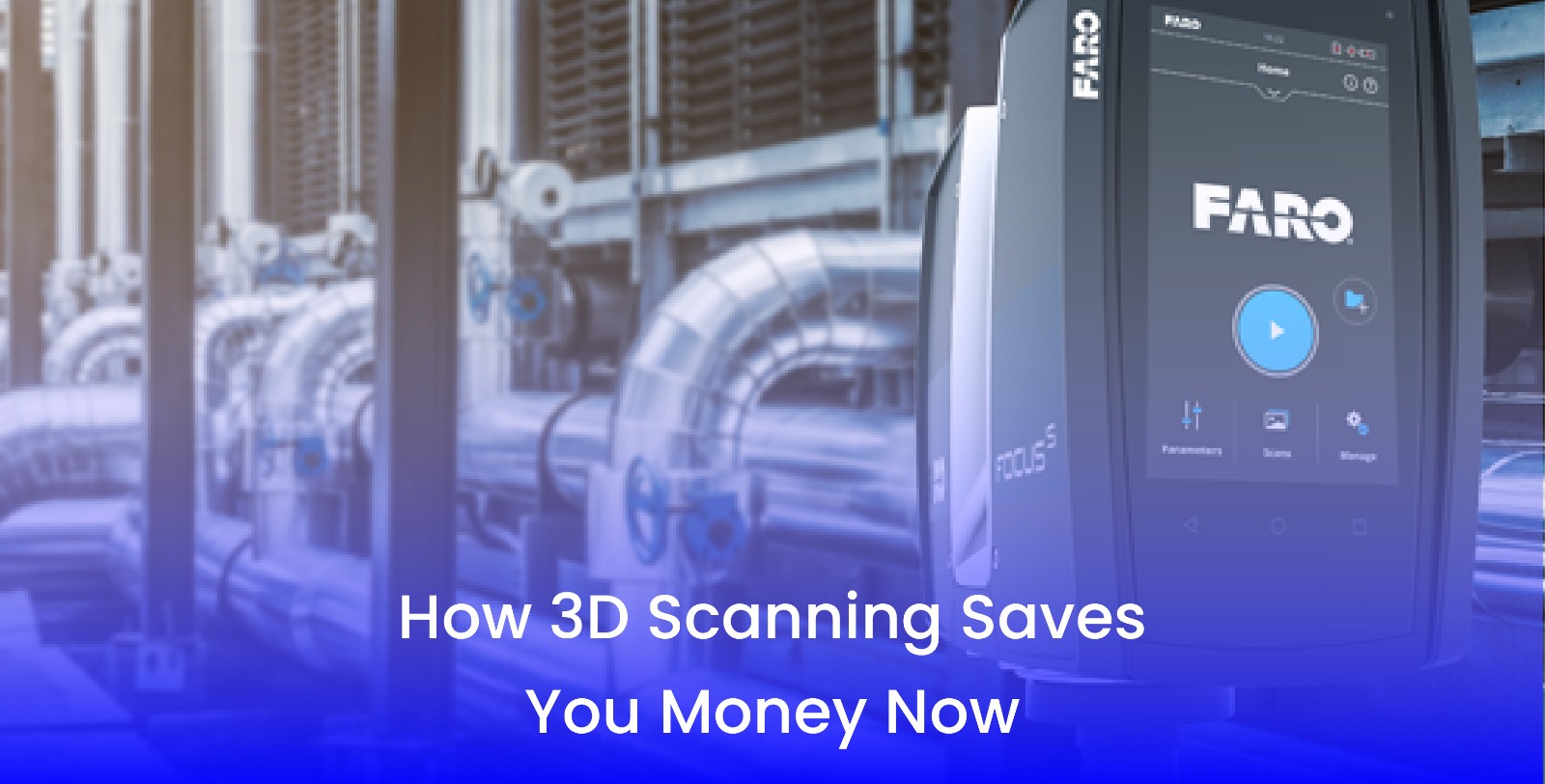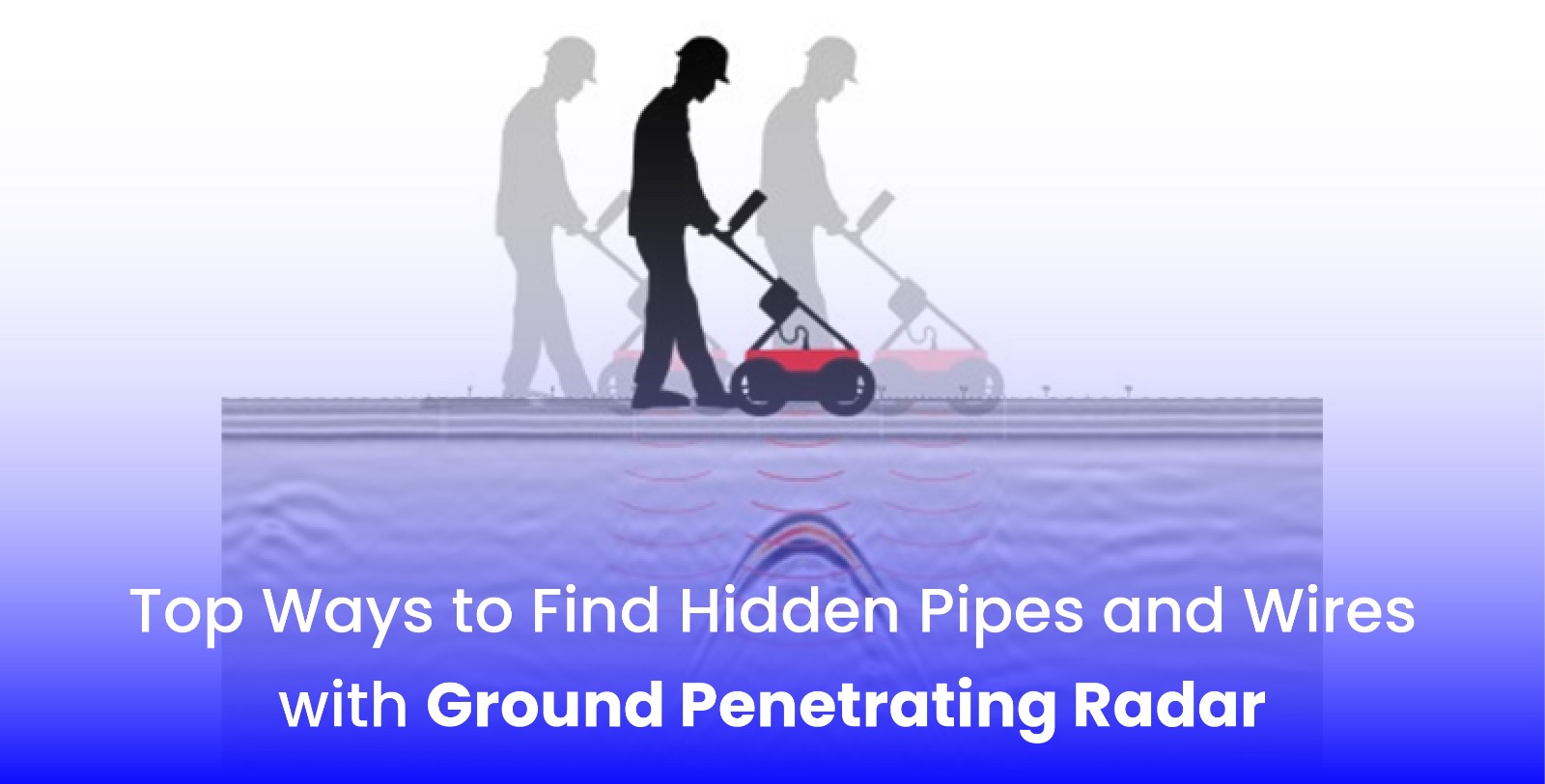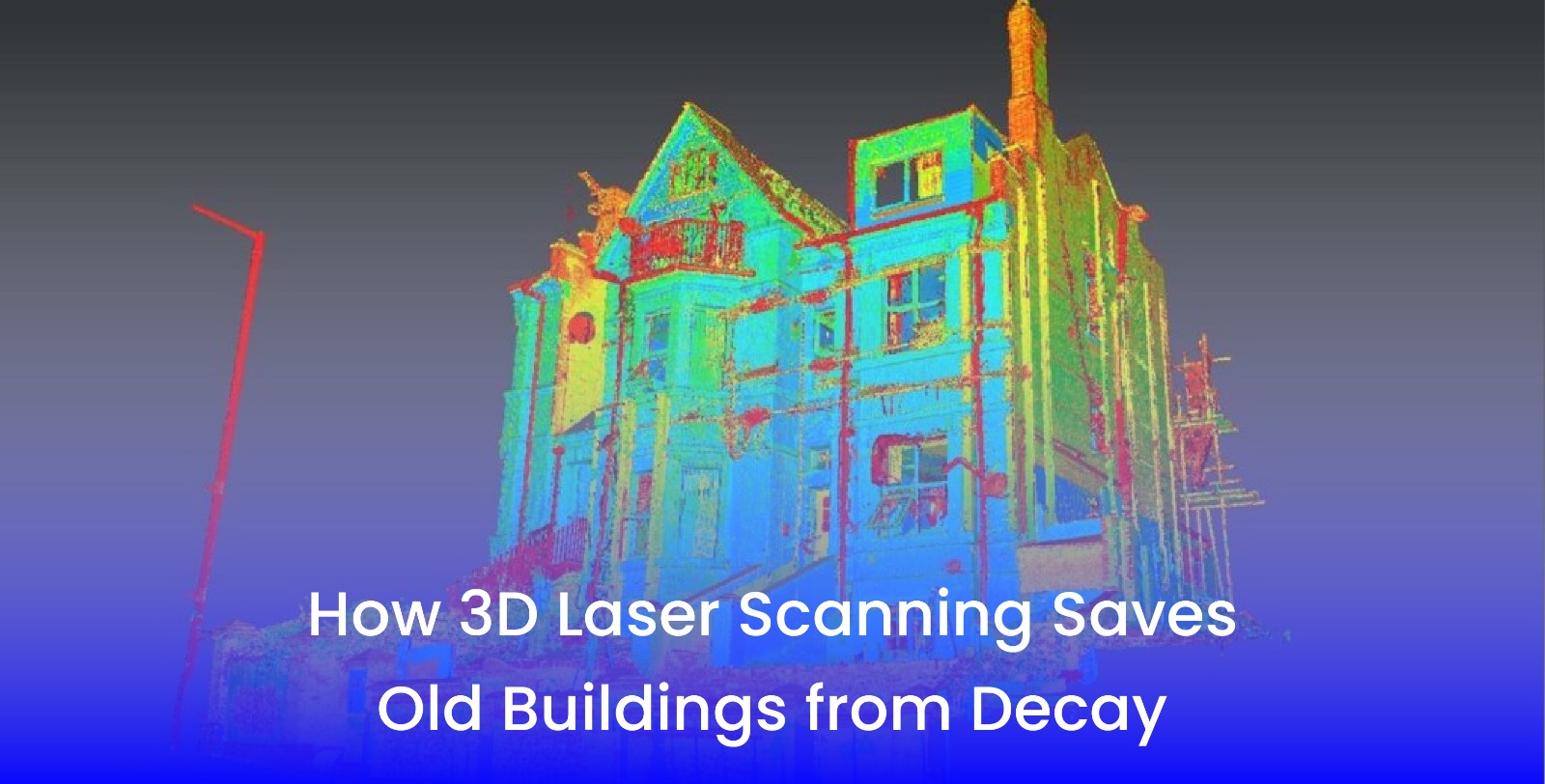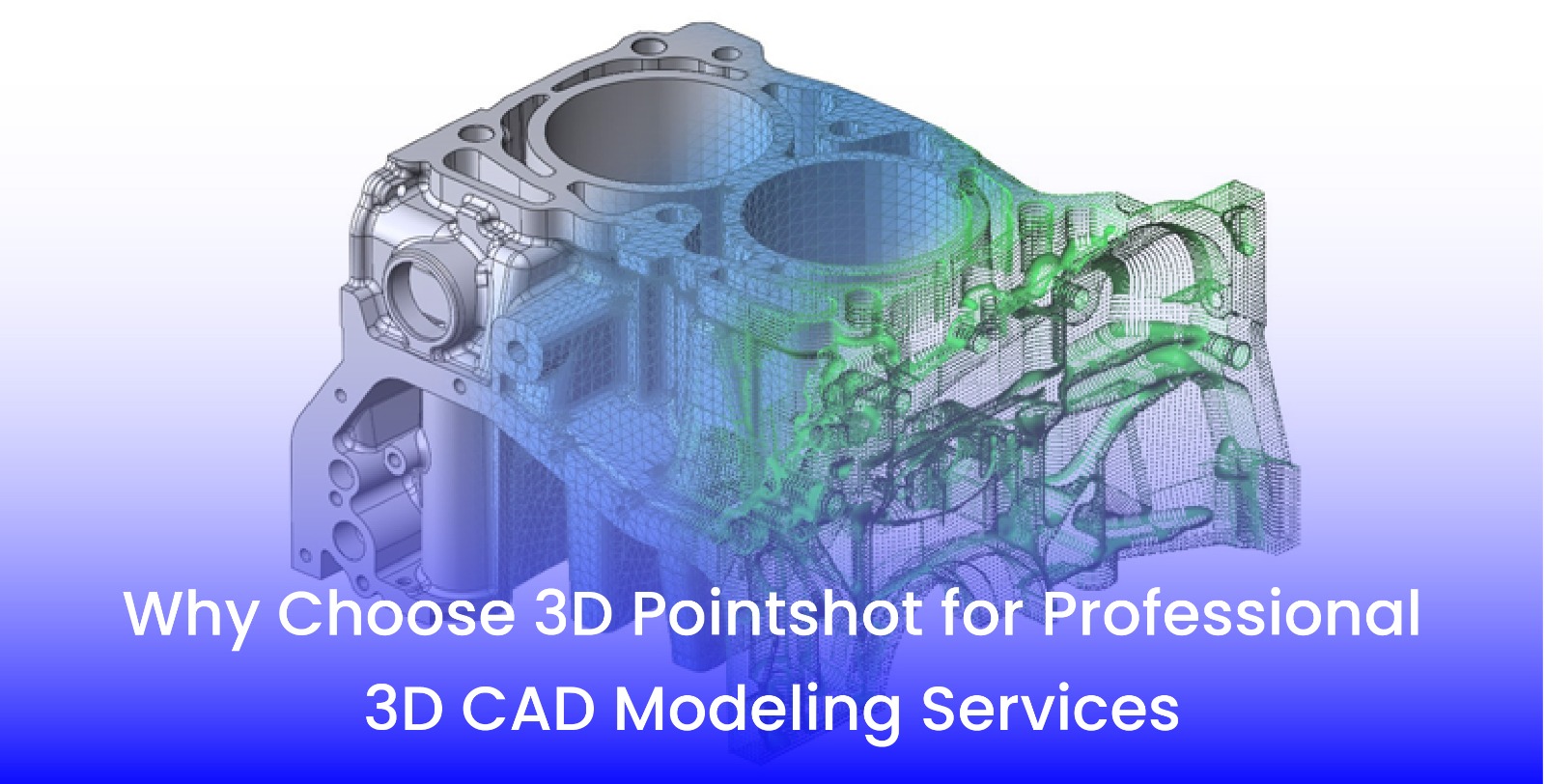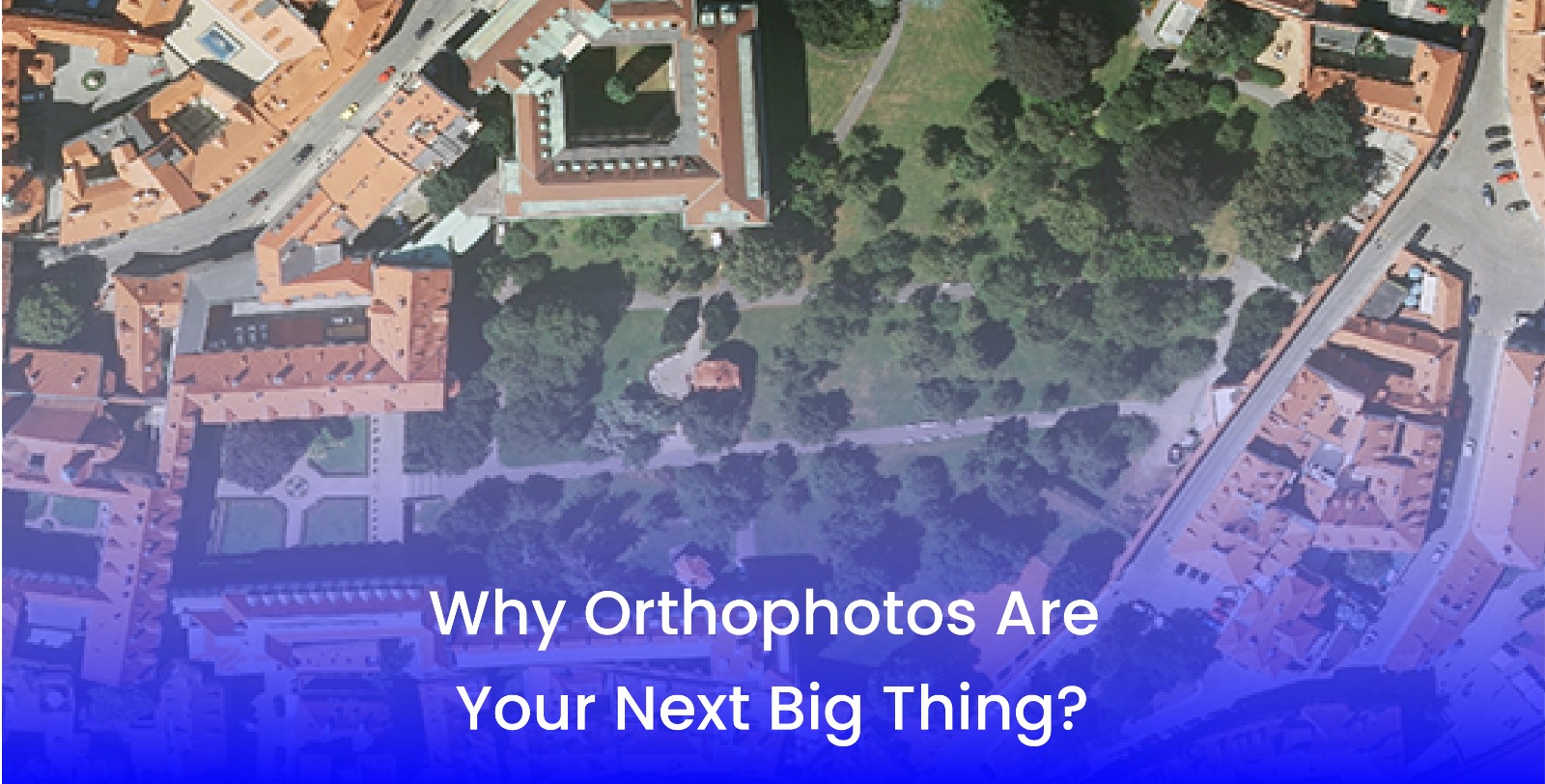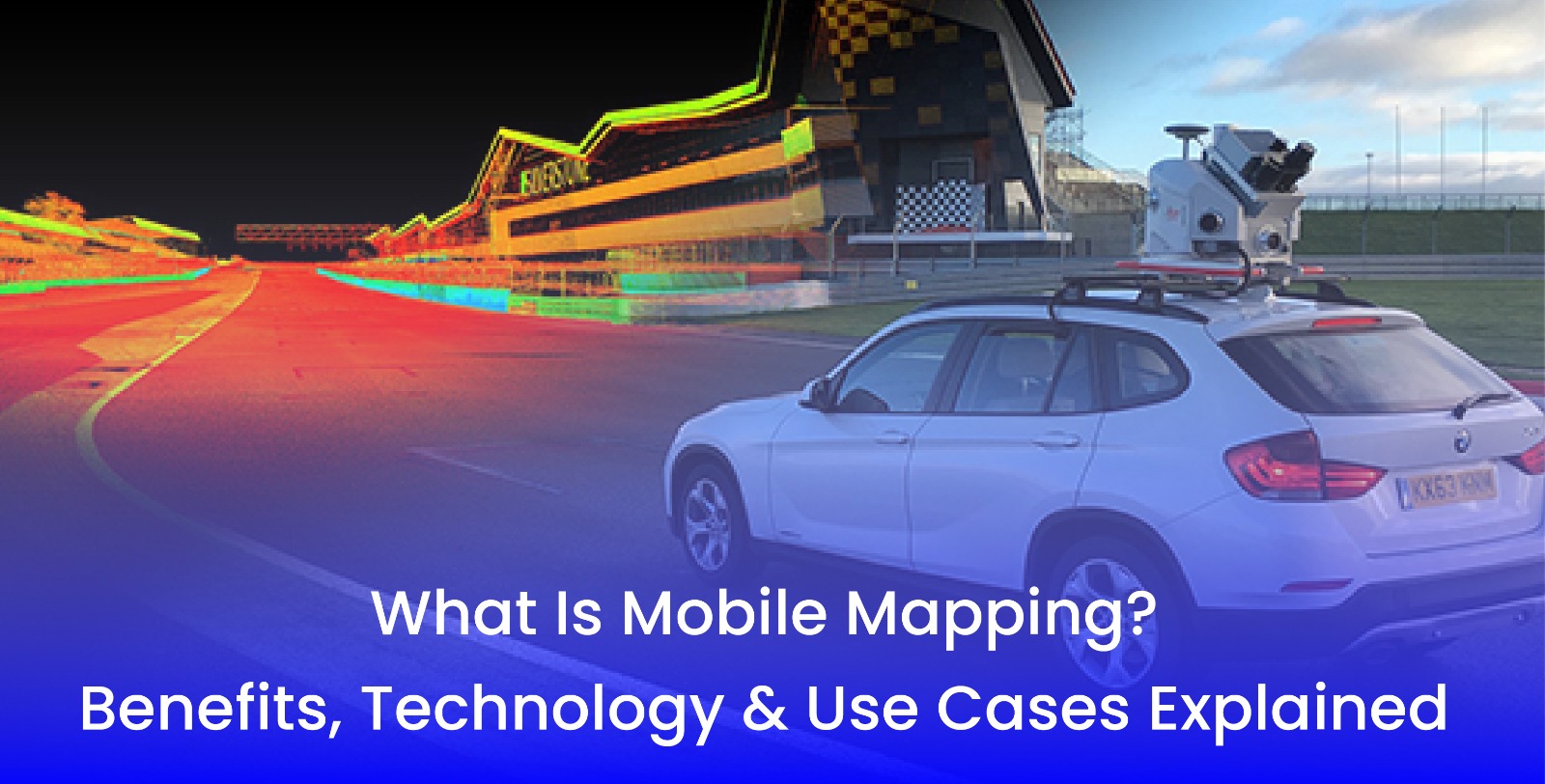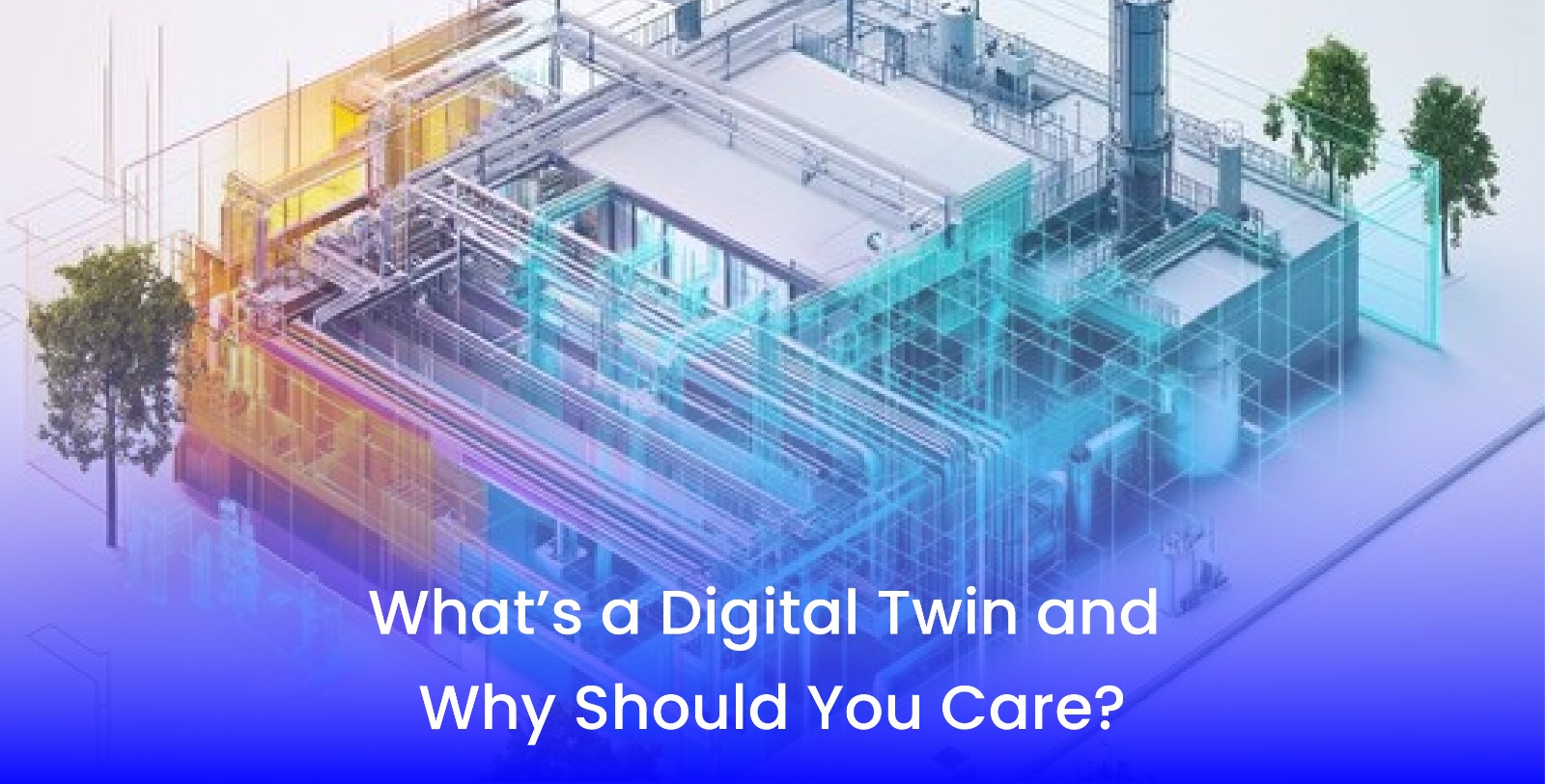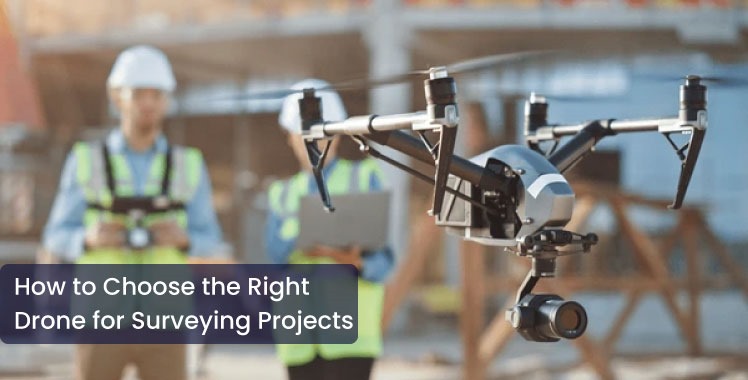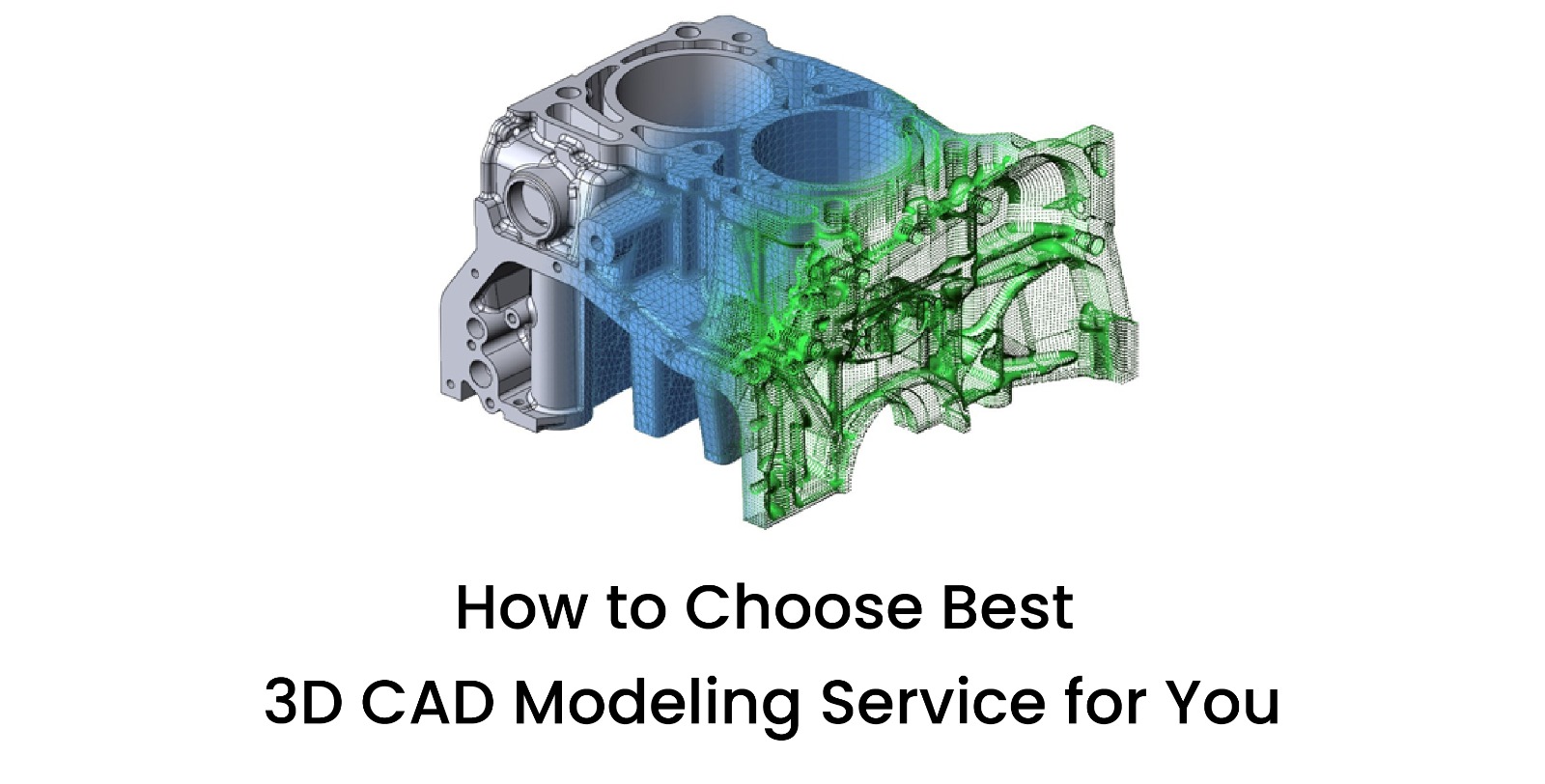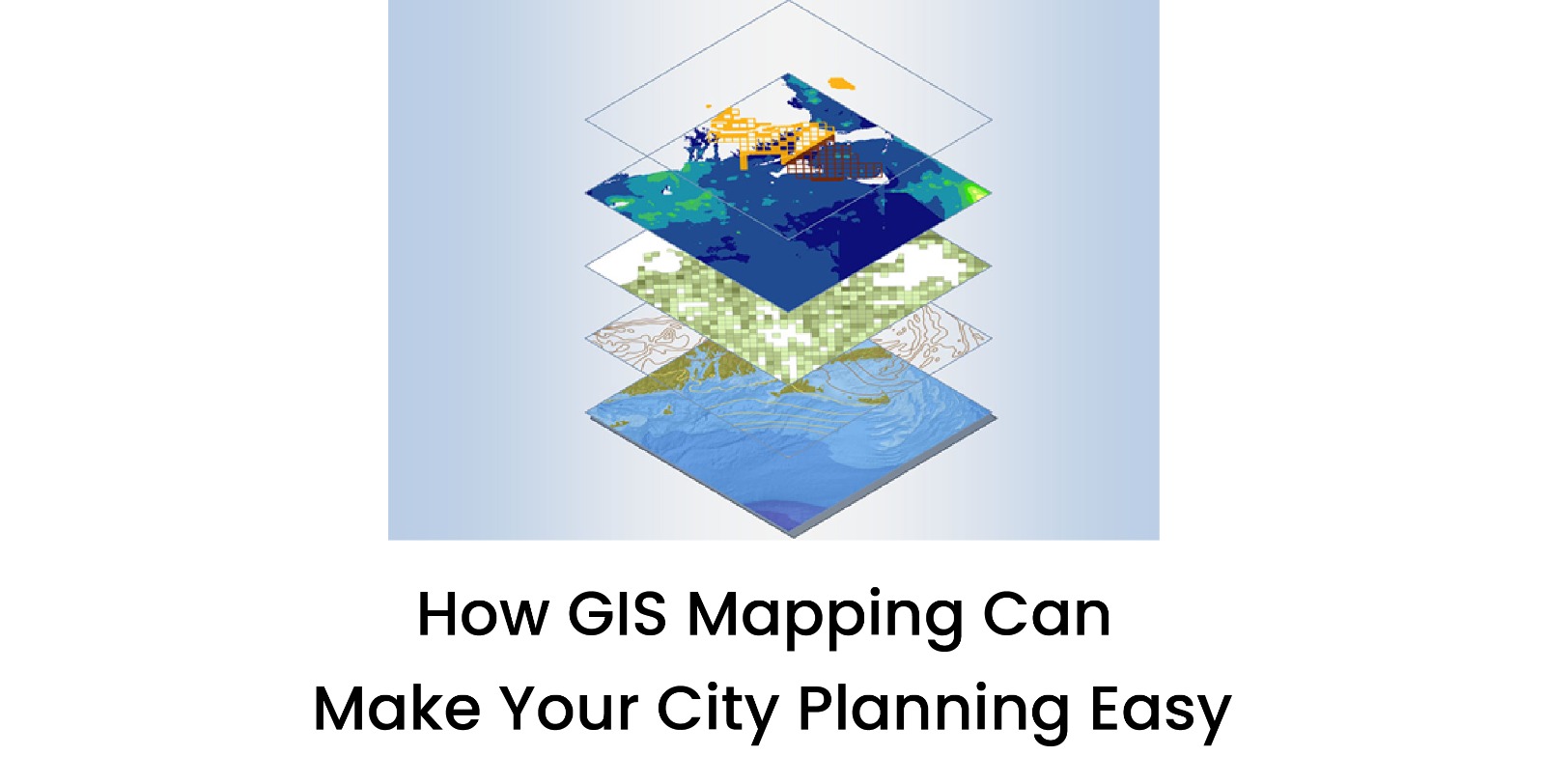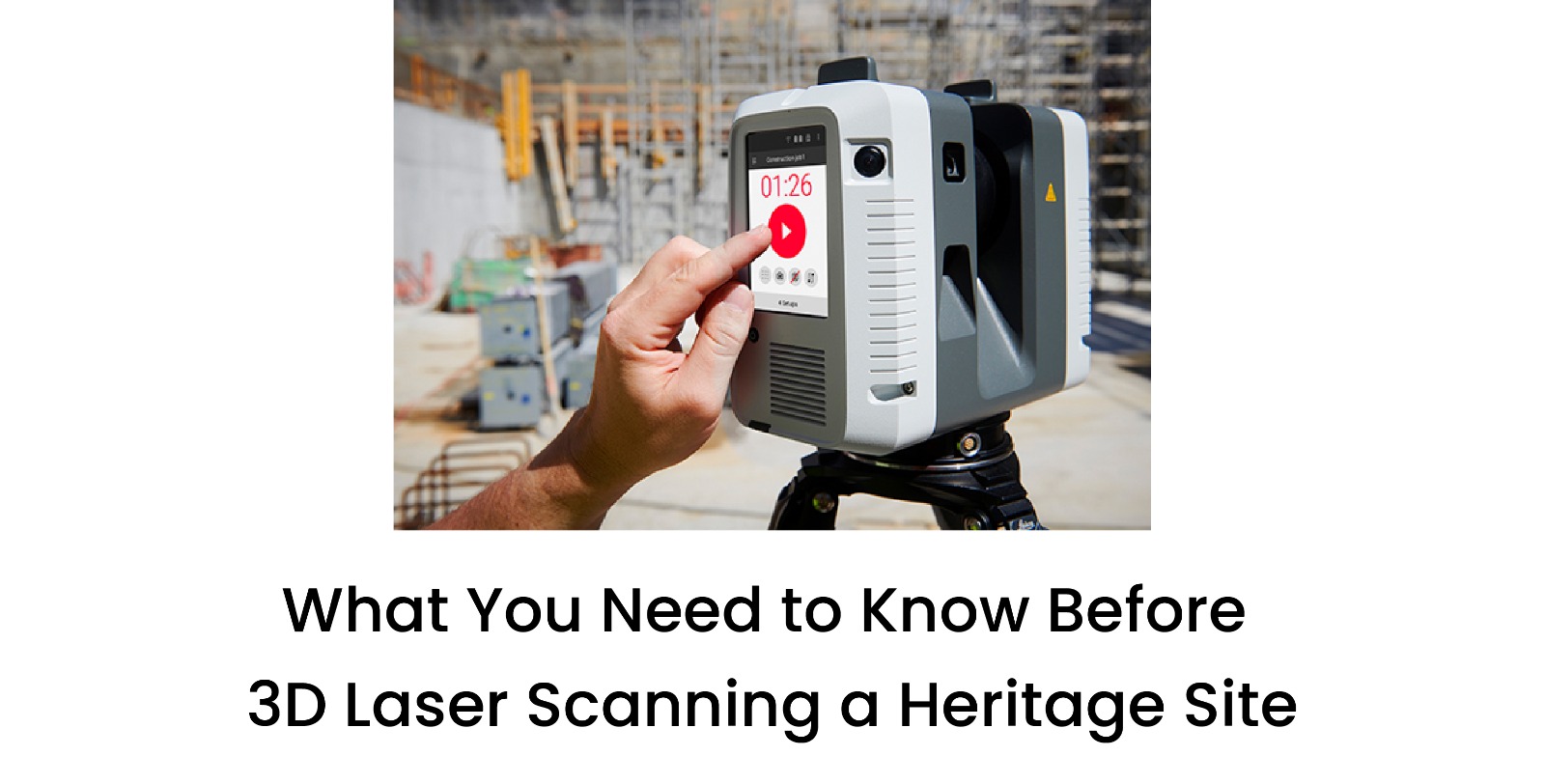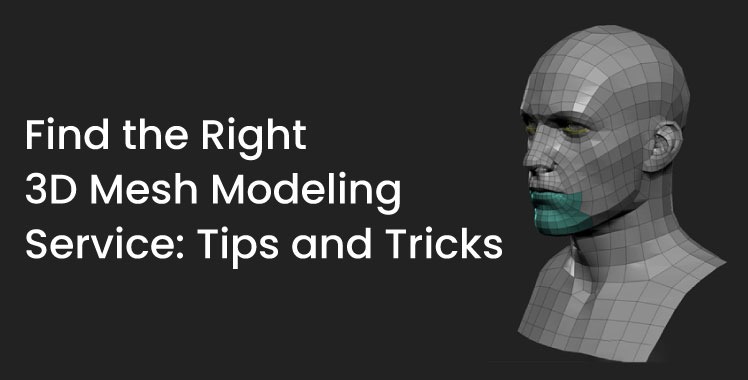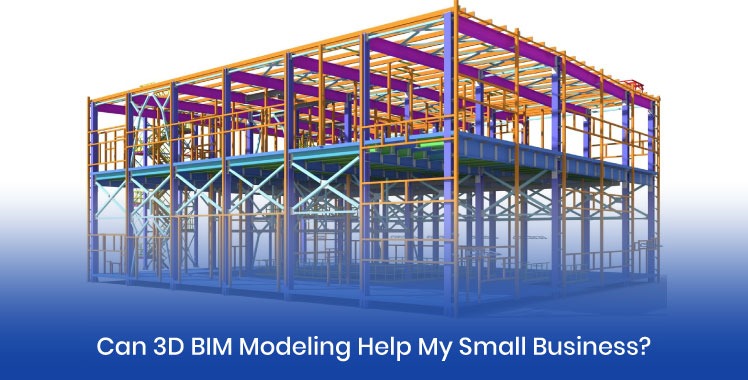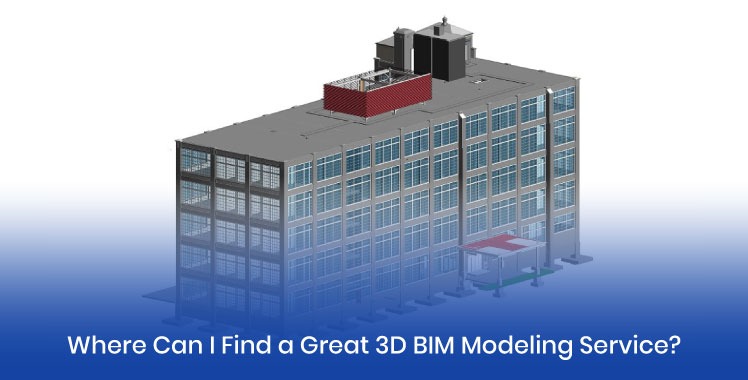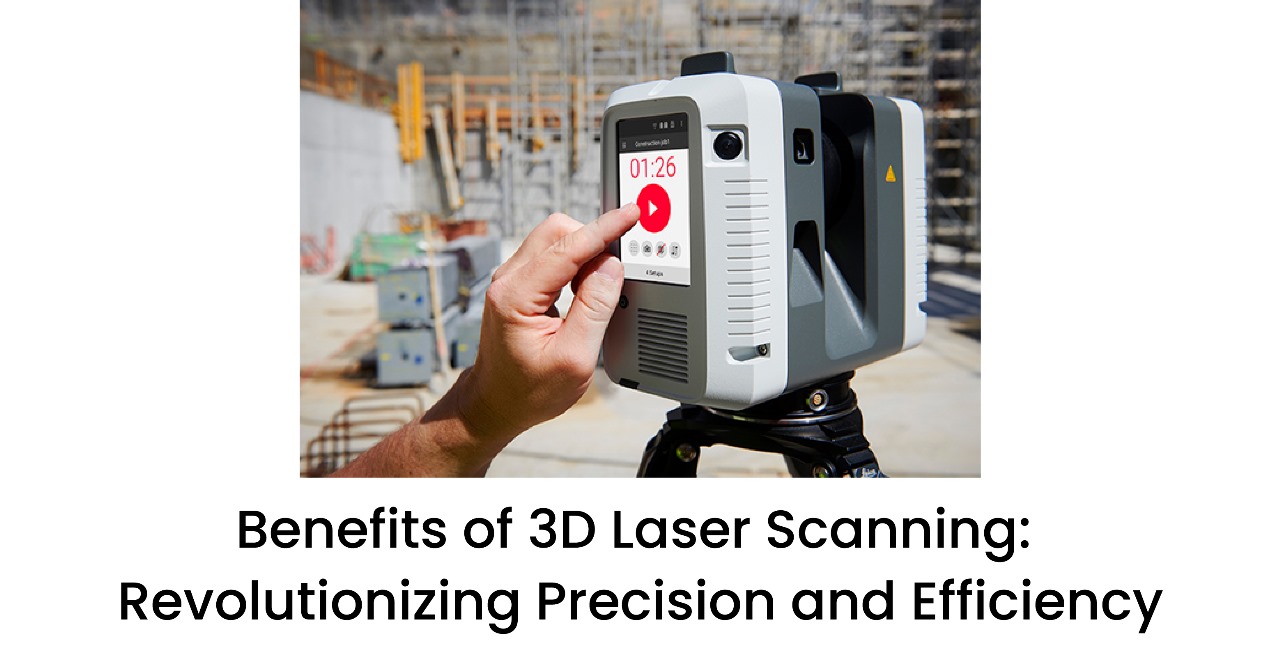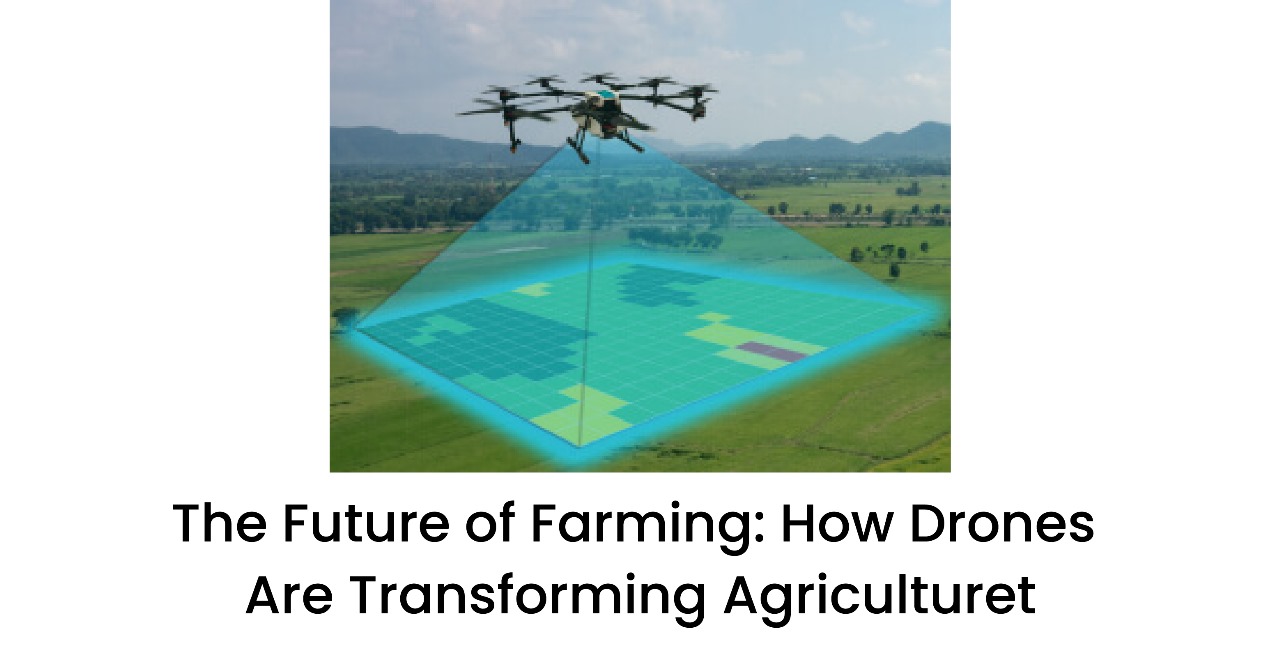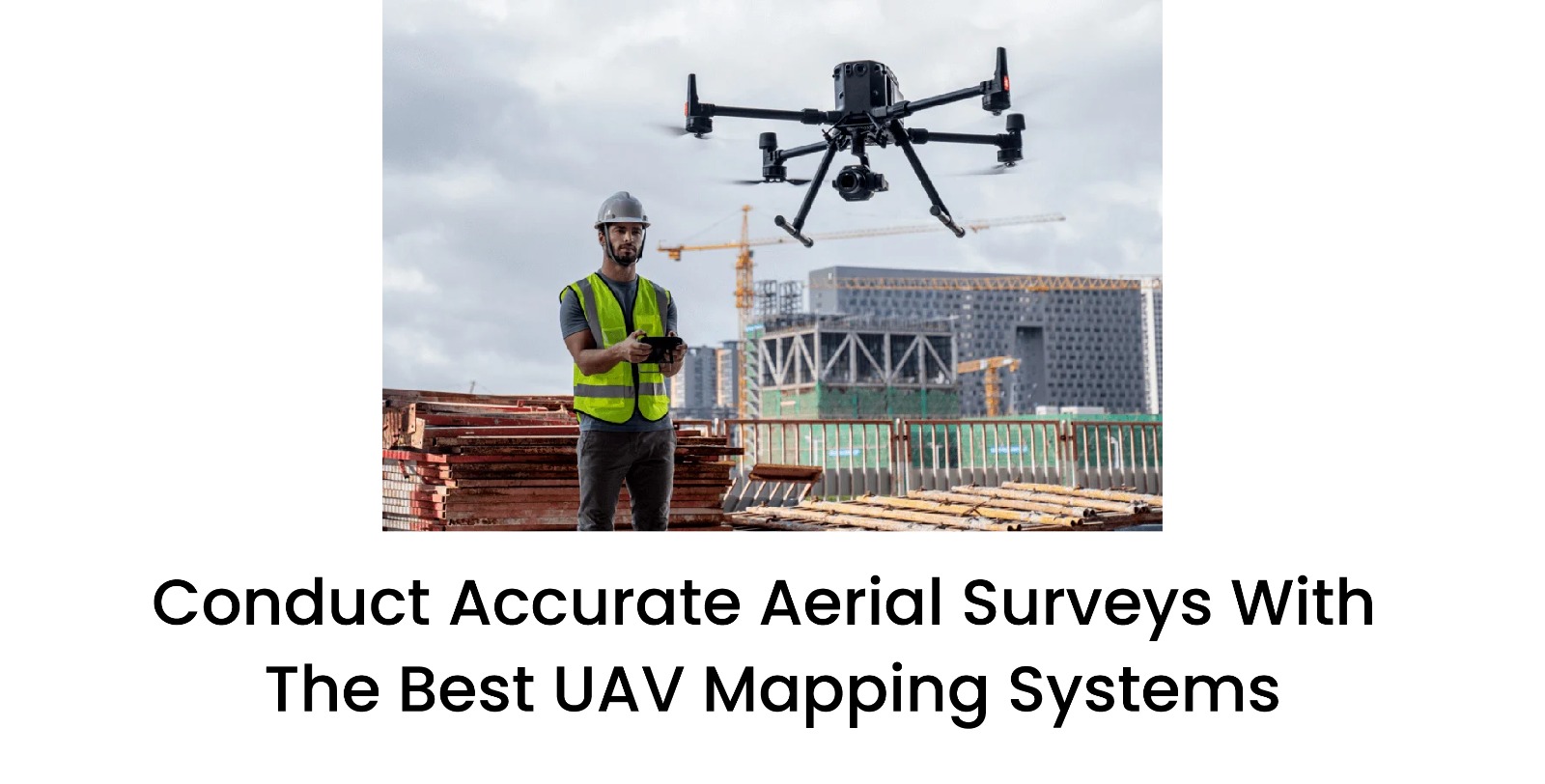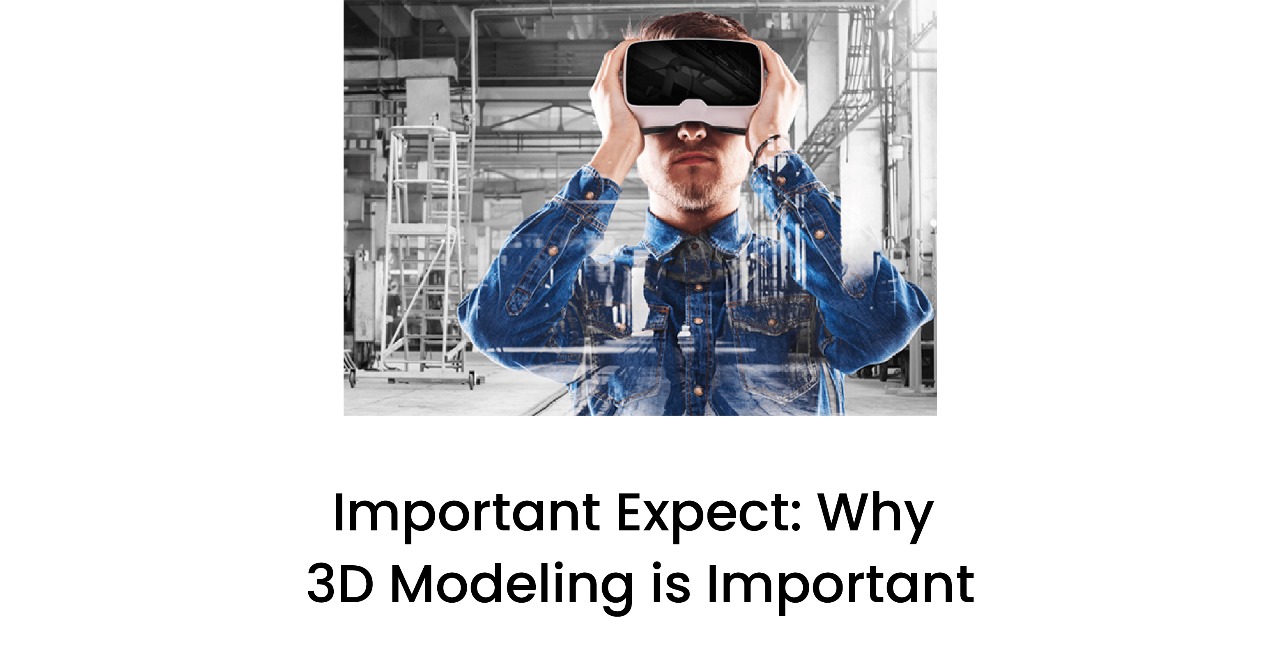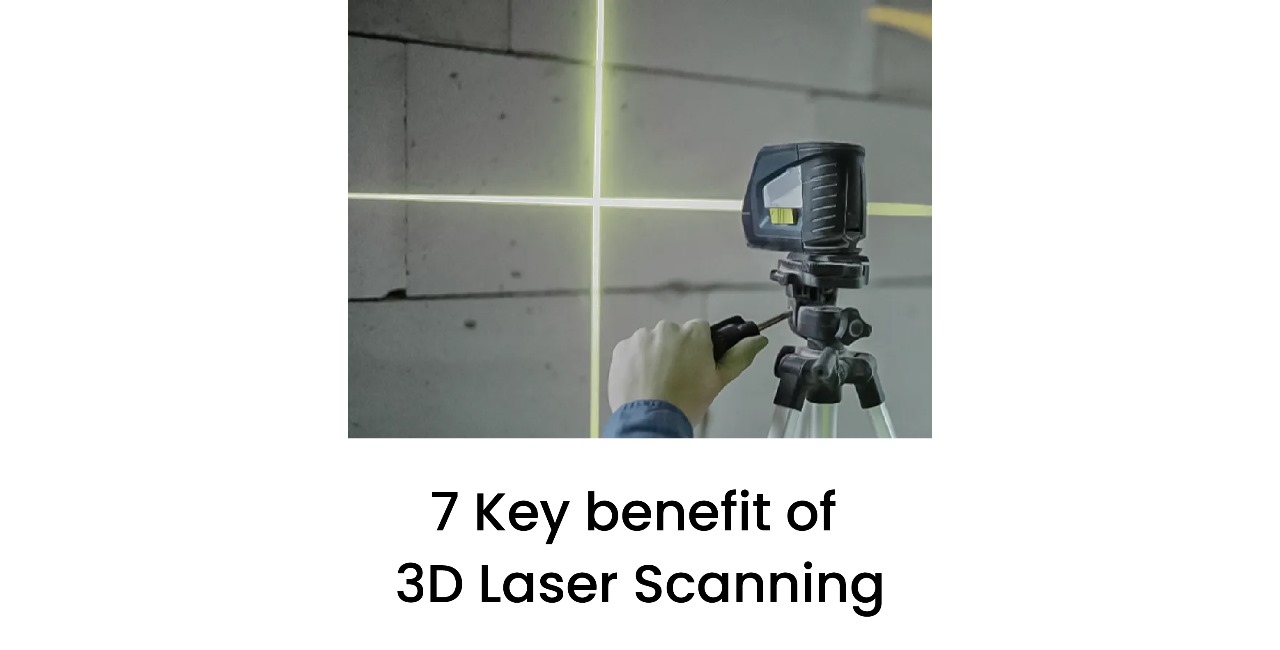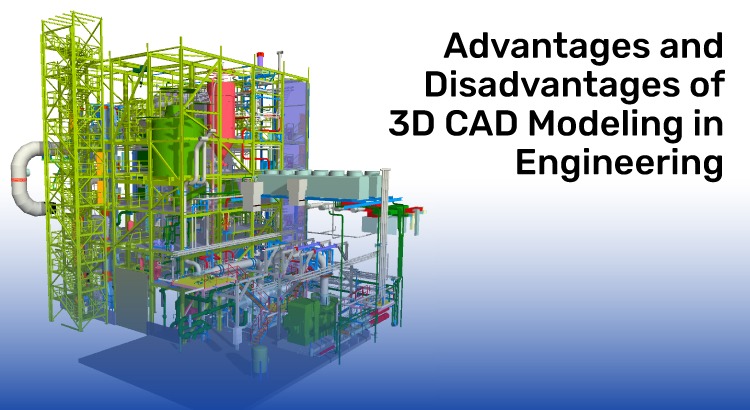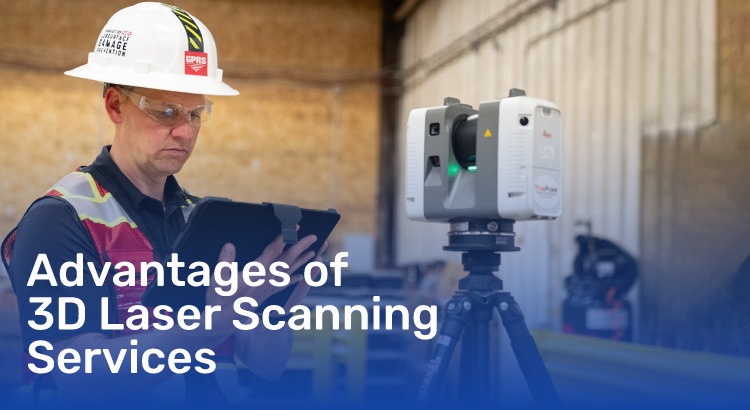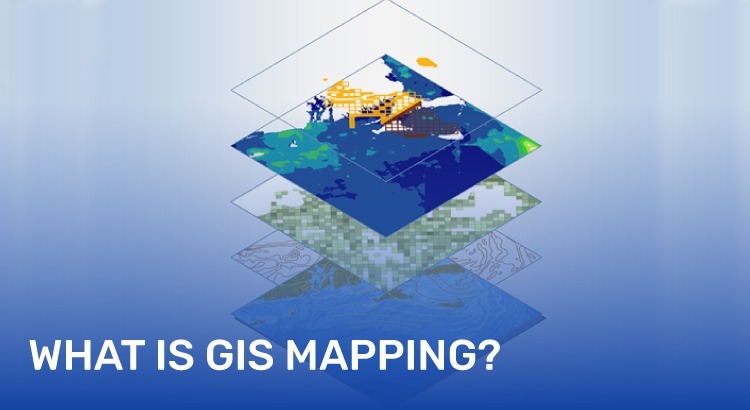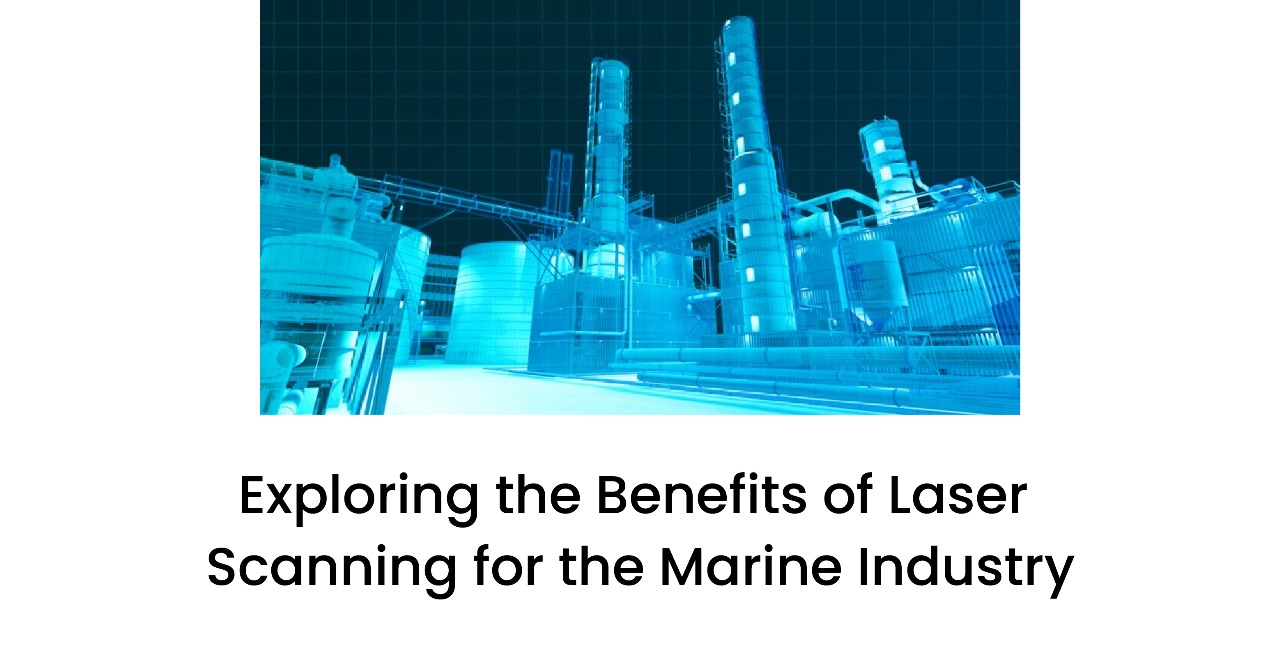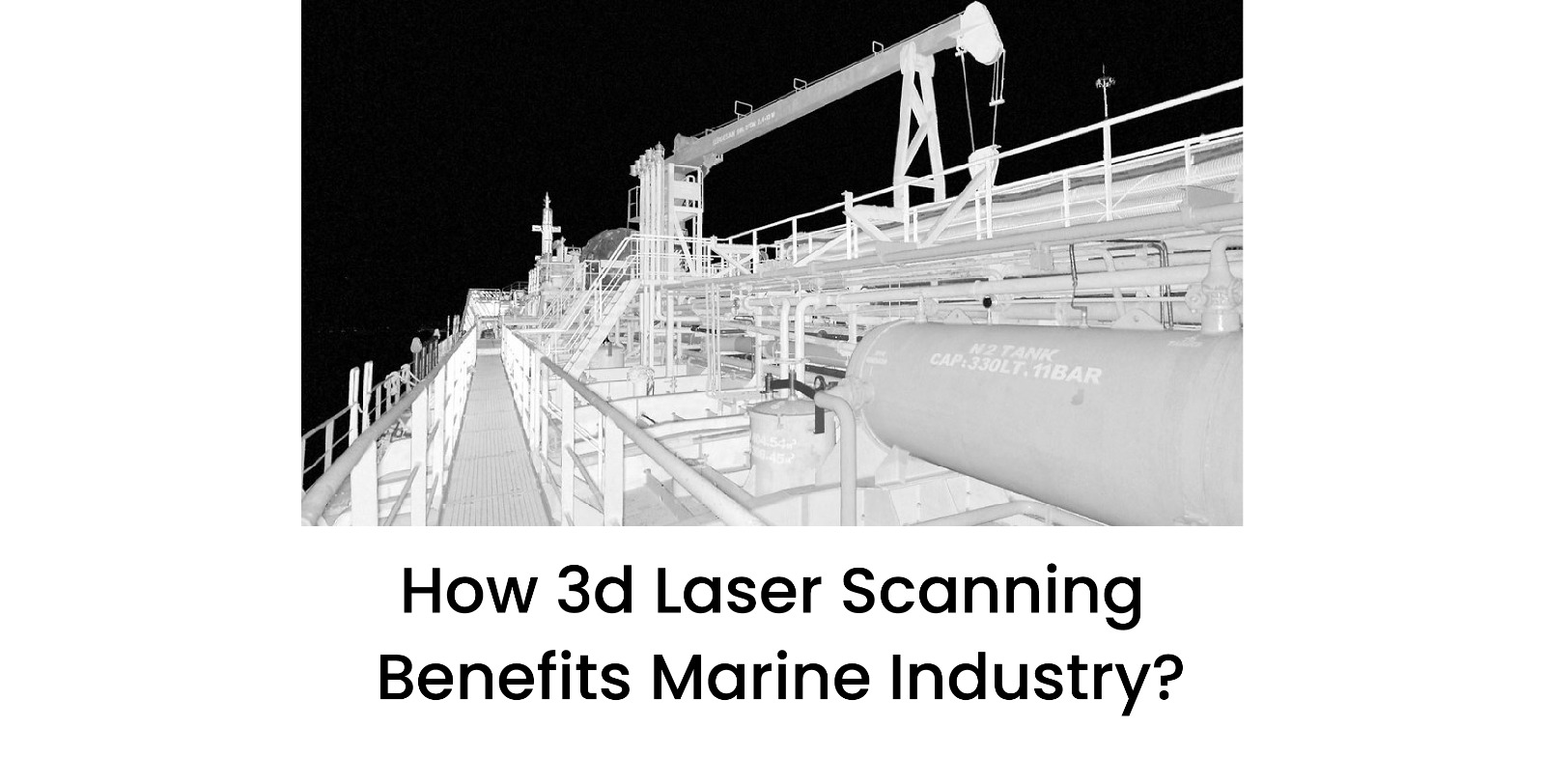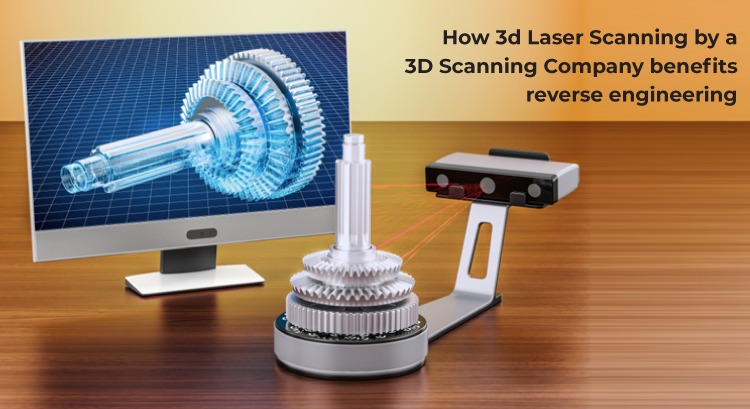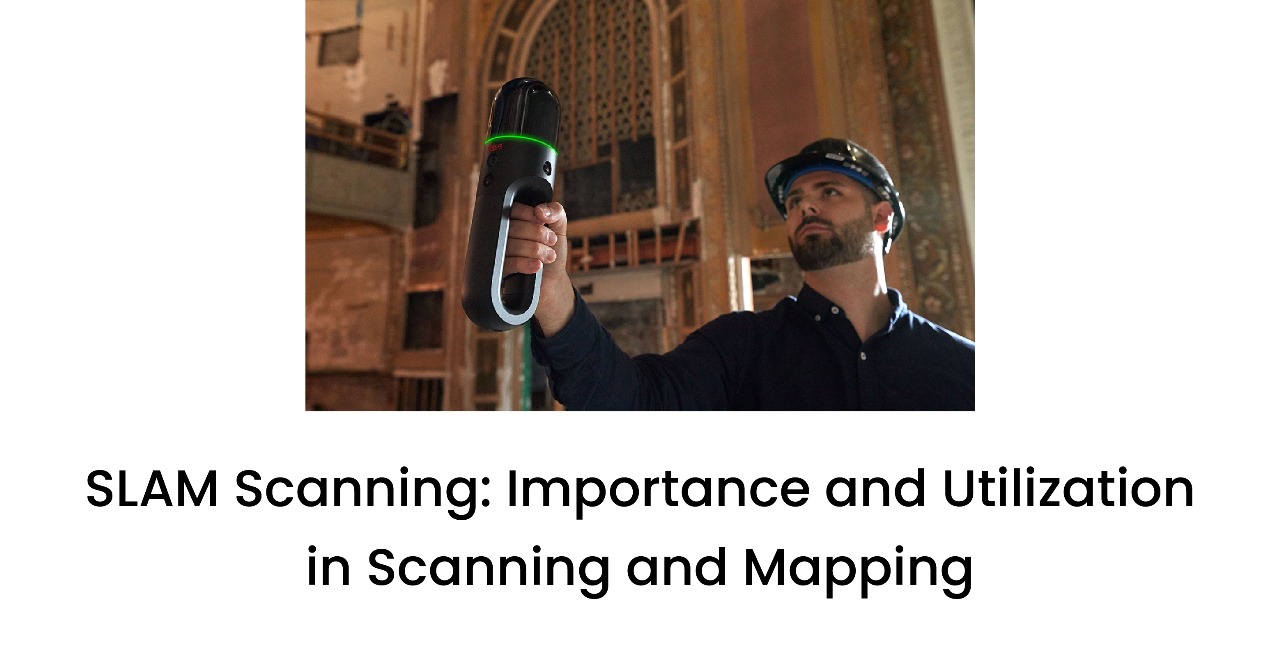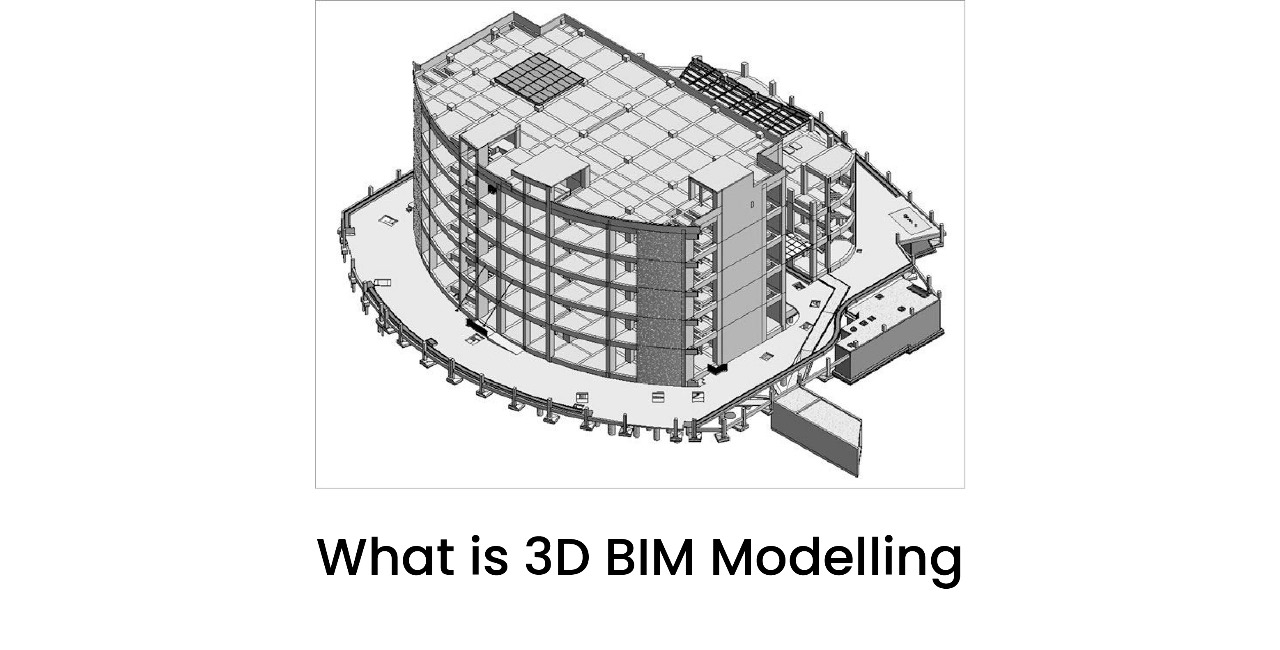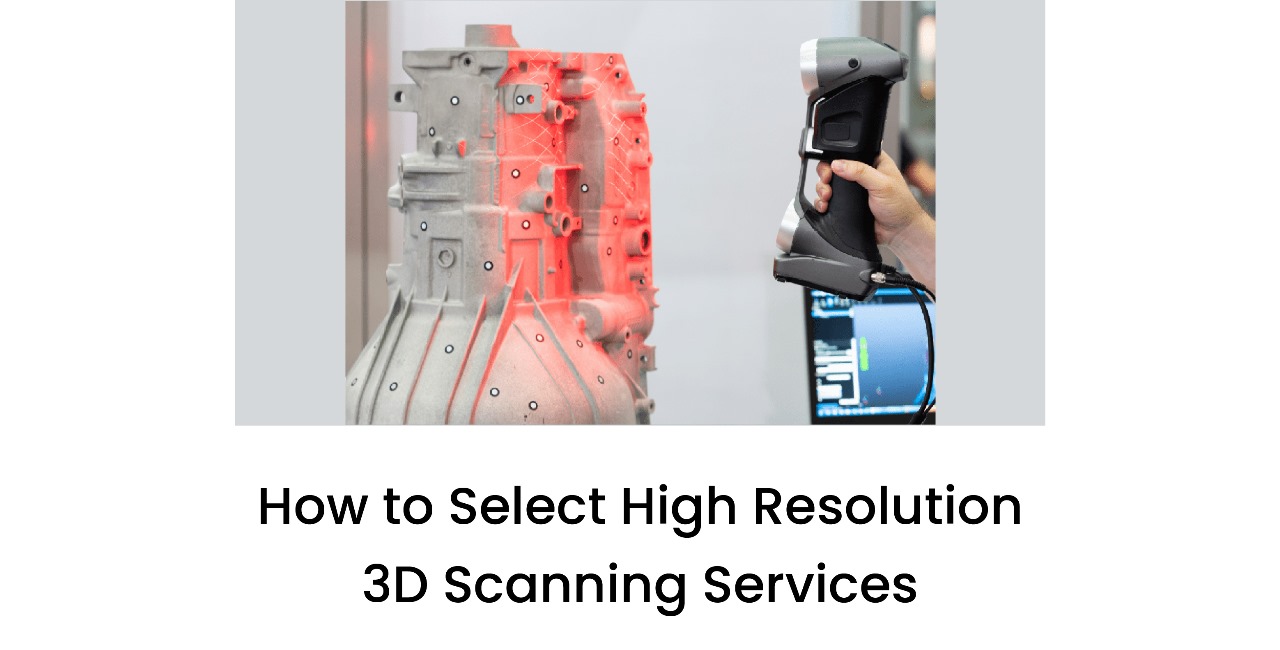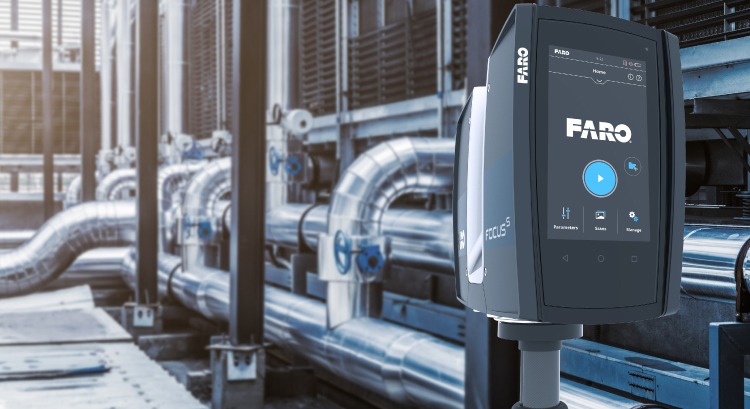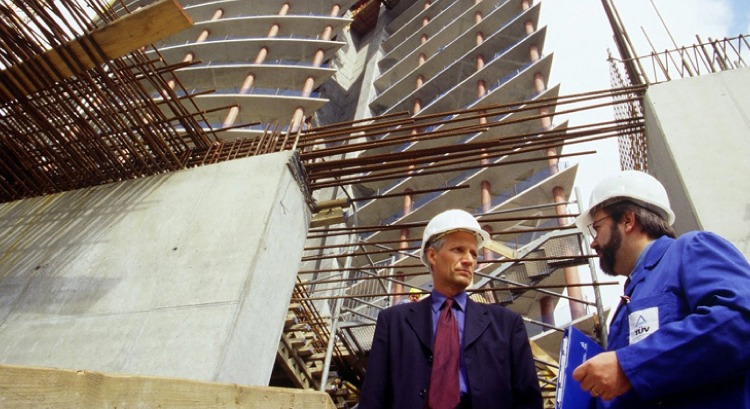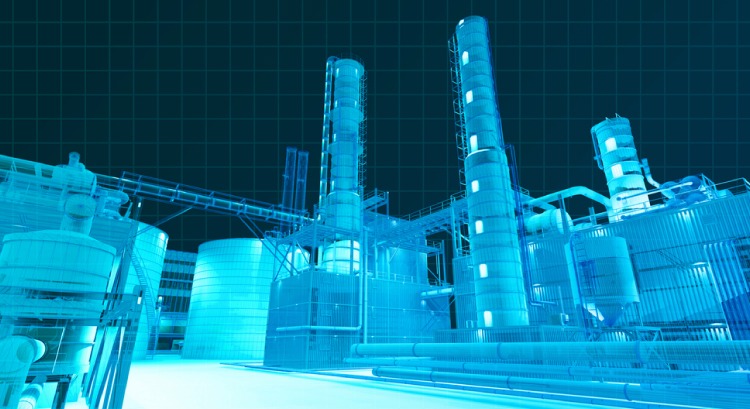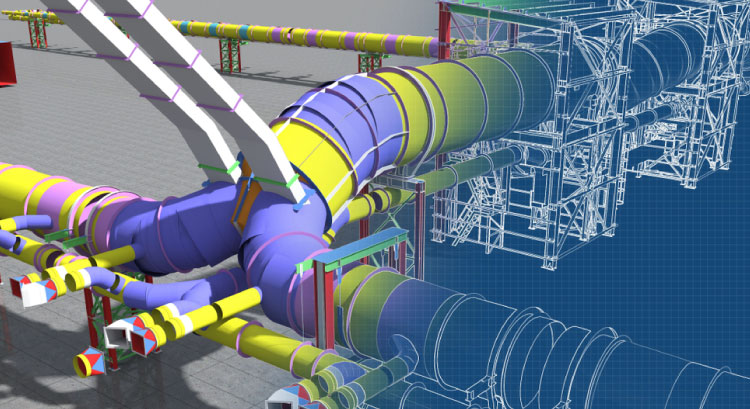How 3D Scanning Saves You Money Now | 3D pointshot
- 06 Sep 2025
3D pointshot provides advanced 3D laser scanning services to reduce costs, reduce risk, and increase project accuracy across industries. 3D scanning is now a common technology across all relevant industries, whether it’s construction, heritage, or mining, and it is invaluable in terms of the time and money saved on projects.
In this blog, we will look at how 3D scanning can reduce costs and improve project outcomes and why it is now the go-to solution for architects, engineers, and surveyors.
Cost Savings Associated With 3D Scanning for Architecture
Conventional surveying methods in architecture require a lot of manual effort, can be time-consuming, and are subject to human error. 3D scanning for architecture provides highly accurate data in a very short time frame, allowing architects and engineers to:
>Eliminate Rework—Realistically, creating an accurate 3D model allows you to capture errors and clashes in your design as they occur rather than once construction has started.
>Orient Accuracy in Design—Architects may use the digital models to accurately identify floor plans, rankings, and specifications without having to leave the office.
>Reduce Labor Costs – Automated scans require fewer on-site staff than manual surveys, letting you maximize the investment of installing 3D scanning.
By eliminating errors and reworking historically costly changes, architectural firms can promote considerable cost savings over the life of the project.
3D Laser Scanning for Heritage: Preserving the Past
When preserving historical and cultural monuments, the highest level of quality, resolution, and decency is required. 3D laser scanning for heritage utilizes non-invasive 3D scanning techniques to accurately document artifacts, temples and ancient buildings.
>Additional cost-saving benefits are achieved with 3D laser scanning methods:
>Avoid Damage—Unlike in traditional surveying methods, with 3D laser scanning, no physical contact means less chance of wear and tear on the original structures.
>Digital Archive—With high-resolution 3D data sets, the finest of details will be preserved for any future restoration that may or may not happen. A digital archive eliminates costly repeat surveys.
>Better Planning & Preparation—Restoration projects can be supported by more detailed digital replicas.
These reasons alone make the decision to implement 3D laser scanning for Heritage and avoid unnecessary costs even more special, as it ensures the best process for what cannot be replaced.
Cost-Effective Accuracy with 3D Laser Scanning for the Mining Industry
Mining projects require precise measurement and accuracy in several processes, including site design, safety audit inspection, and volume measurement. With 3D laser scanning for mining processes, companies can save money in many ways:
>Accurate Volume Measurement – Avoid expensive errors with material weights.
>Safety and Compliance—Mitigate hazards as early as possible and mitigate costs related to accidents.
>Faster Analysis of Site—Less time on manual measurements.
Mining companies save millions of dollars annually by refining processes and minimizing downtime.
How 3D Laser Scanning Solutions Generate Economic Value
3D laser scanning solutions provide companies with a measurable return on their investment by:
>Removing Manual Errors—The precision of data may reduce rework and waste.
>Reducing Workflows—Projects can be completed faster and for less cost.
>Removing Site Visits—Data capture requires one site visit only. After the data is captured, the team can visit the model without any travel costs.
>Cross-Disciplinary Use—Data can be used across all disciplines, from construction and land use developments to archaeological surveys, so duplicating surveys can be avoided.
Why Choose Professional 3D Laser Scanning Services?
When you outsource to an expert provider, you are not only guaranteed precision and reliability, but you're also keeping costs down. Professional 3D laser scanning services offer:
>State-of-the-art Equipment—Access to the newest scanners without having to buy costly equipment.
>Expert Knowledge—Trained technicians help ensure accurate data acquisition.
>Tailor-made service—Services tailored for architecture, heritage, mining, and industrial projects.
>Less Risk—Professionals comply with safety and quality standards, which prevents costly mistakes.
Frequently Asked Questions
Q1. Is 3D scanning more costly than traditional surveying?
A: Yes, the price of a 3D scan can be more expensive, but in the long run, 3D scanning saves you money due to less rework, fewer delays, and less material waste.
Q2. How accurately does 3D scanning for architecture work?
A: 3D scanning accuracy can achieve millimeter-level accuracy, providing dependable data you can rely on for design and building.
Q3. Can I do a 3D laser scan for smaller heritage projects?
A: Yes. From monumental works of art to smaller heritage items, 3D laser scanning for heritage is a good fit for any type of project.
Q4. How is 3D laser scanning for the mining industry an opportunity to improve safety?
A: Scanning allows for the identification of structural compromise, slope, and hazardous areas without placing workers in danger.
Q5. Will I need to spend money on scanning equipment?
A: No. Connecting with a professional 3D laser scanning services provider like 3D pointshot means you don't have to worry about expensive equipment costs.
Conclusion
3D scanning is not just a digital innovation; it is a cost-saving machine. 3D scanning is used in architecture and 3D laser scanning for heritage and the mining industry, where using this solution reduces mistakes, speeds up processes, and saves costs all around.
When you invest in using professional 3D laser scanning solutions, you truly invest in accuracy, safety, and efficiency while saving a lot of money in the future and down the road. With experts such as 3D pointshot, they will help you make your job smarter, easier, faster, and, in the long run, more cost-efficient.

